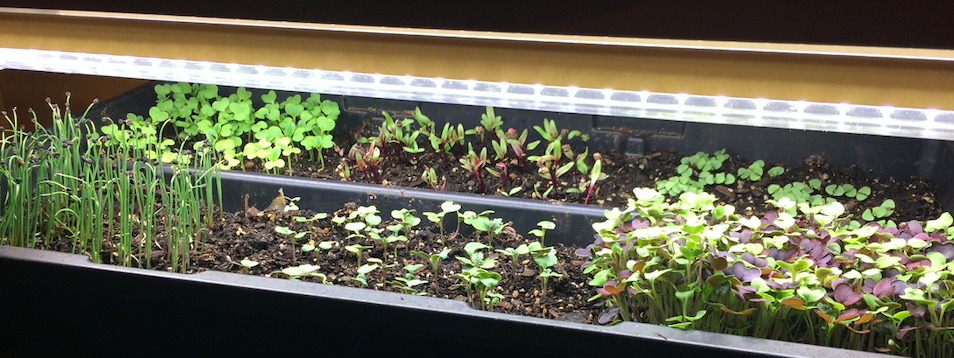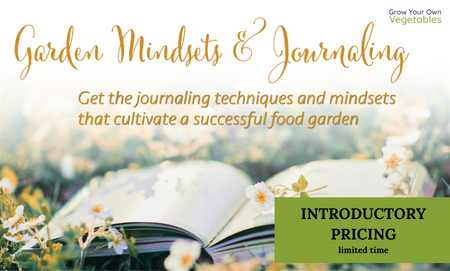Escape Overwhelm in Your Garden… Here’s How!
Gardening should bring joy, not stress. If your garden feels like more work than reward, it’s time to shift your mindset. By focusing on one step at a time and setting aside what’s not urgent, you can create a space that’s manageable and enjoyable.
Would you rather watch than read? Watch the video at the bottom of this post instead!
Start with a List
Begin by listing everything you think you need to do in your garden. Everything from redesigning garden beds to planting new varieties. All your tasks go on this list.
Then, to free yourself to focus on what needs done today, title that page, “what I’m not doing right now” list. This approach clears mental clutter and keeps you from feeling overwhelmed. Don’t worry, the list will be there waiting for you for when YOU are ready. You can revisit these items when you’re ready—no guilt, no rush.
The “What I’m Not Doing Right Now” List
The “what I’m not doing right now” list is a game-changer. Often, a to-do list ends up shackling us, making us feel unaccomplished and overburdened. Your to-do list is supposed to serve you, free you from feeling like you have to remember everything. So titling this list, ‘what you’re not doing right now’ is a good reminder that you are not beholden to your list… the list is there when you are ready for it.
Focus on One Task at a Time
Then you’ll take a blank piece of paper and title this “to-do” list. You’ll move just one task to that page at a time. This is ONLY for immediate task—focus on just one at a time. Everything else goes on the “what I’m not doing right now” list to revisit later.
Overwhelm often comes from trying to tackle too much at once. Pick one task from your “to-do” list that will make the biggest impact. For example, start with watering your garden. Keeping plants hydrated is essential and sets the foundation for success. Once that’s handled, move on to another priority like planting or weeding—one step at a time.

Keep the Basics in Mind
When you’re unsure where to start, stick to the basics. Water your garden, ensure plants get enough sunlight, and focus on your ultimate goal—getting food on your table. Let this simple priority guide your actions. Don’t worry about perfection; thriving plants come from consistent, basic care.
Create Relaxation Zones
Even as you tackle your “to-do” list, remember to enjoy your garden. Dedicate areas for relaxation, like a bench under a tree or a small patio space. These zones remind you to pause and savor your progress. They’re a reward for your hard work and a reminder that gardening is about more than chores.

Keep It Manageable
Your garden doesn’t have to be perfect, and neither does your routine. Focus on what brings you joy and tackle tasks one step at a time. By maintaining a “to-do” list and a “what I’m not doing right now” list, you’ll stay organized and reduce stress. This mindset can transform your gardening—and your life—into something far more fulfilling.
Simplify your approach, focus on small wins, and let go of the rest for now. Your garden will thrive—and so will you.
Want to learn more strategies and tips to reduce overwhelm?
Download the 3 Journal Modes eguide so you can create more garden abundance!
Would you rather watch than read? Watch the video below instead!
Related articles you may enjoy:
Power Up Your Harvest with Flowers
Mason Bees: 5 reasons you want them in your garden
How to Address Fungus Gnats
Masterclass on YouTube:
In the comments below, let us know what makes you feel overwhelmed. What kinds of things in your garden are hard to put aside?
![]()













































